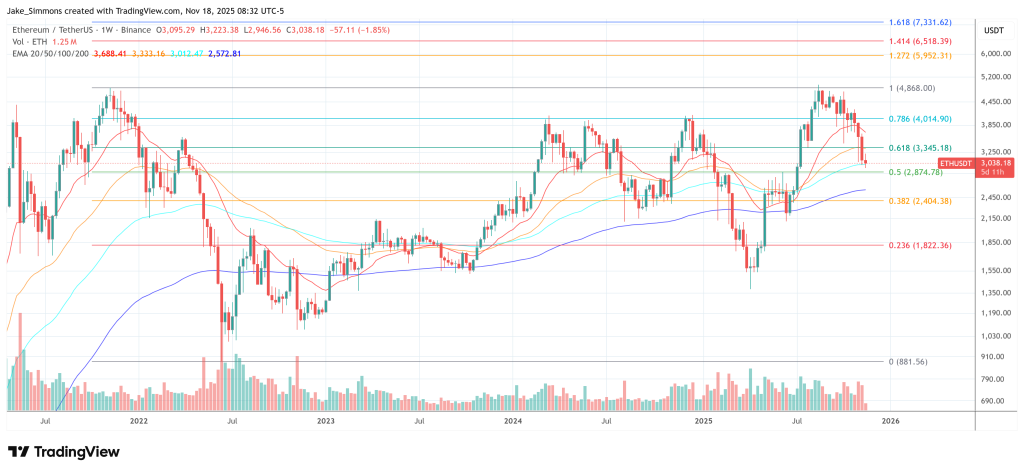What is a Honeypot Crypto Scam and How to Spot It?
What is a Honeypot Crypto Scam?
A honeypot crypto scam is a type of cryptocurrency-related fraud that involves luring victims into investing in a fictional or non-existent cryptocurrency project. The scammers, often posing as experienced cryptocurrency experts, will create a convincing website, social media presence, and marketing campaign to attract unsuspecting investors. The goal is to deceive people into believing that they are investing in a legitimate and potentially lucrative cryptocurrency project, when in reality, it’s all just a cleverly designed trap.
How Honeypot Scams Work
Here’s a step-by-step breakdown of how honeypot scams typically operate:
- Reputable-sounding domain name and branding: The scammers create a professional-looking website, social media profiles, and marketing materials, often with a convincing backstory and a team of “experts” behind the project.
- Fake whitepaper: They produce a seemingly legitimate whitepaper, which outlines the project’s goals, technology, and potential benefits.
- Social media hype: The scammers create a buzz on social media, often by sharing fake news, fake testimonials, and fake updates to create a sense of urgency and FOMO (fear of missing out).
- Sales pitch: The scammers will then pitch the project to potential investors, often using high-pressure tactics, convincing them that they need to invest quickly to secure a spot.
- Withdrawal of funds: After investors send their money, the scammers vanish, leaving victims with nothing but a worthless investment.
Red Flags to Watch Out For
To avoid falling prey to a honeypot scam, be aware of the following red flags:
- Unregistered or unverified domain name: Be cautious of domains that are not registered or have a low trust score.
- Lack of transparency: Legitimate projects usually provide clear information about their technology, team, and financial situation. Be wary of vague or misleading information.
- Unrealistic promises: Be skeptical of projects that promise unusually high returns or guaranteed investments.
- Pressure to invest quickly: Legitimate projects don’t pressure you to invest immediately. Be cautious of salespeople who create a sense of urgency.
- Unusual or unprofessional communication: Scammers often use poor grammar, spelling, or a lack of professionalism in their communication.
- Lack of community involvement: Legitimate projects usually engage with their community, respond to questions, and provide updates. Be wary of projects with little to no community involvement.
- Unregistered or unlicensed: Check if the project is registered with the relevant regulatory bodies and has the necessary licenses.
- High-pressure marketing: Scammers often use high-pressure marketing tactics, such as fake news, fake testimonials, and fake updates, to create a sense of FOMO.
Conclusion
Honeypot scams can be devastating for those who fall victim to them. It’s essential to be vigilant and aware of the warning signs to avoid becoming the next target. Remember, if a project seems too good to be true, it probably is. Always do your research, verify information, and be cautious of red flags. Protect yourself from falling prey to these scams by being informed and taking necessary precautions.
FAQs
Q: What is the most common way to spot a honeypot scam?
A: The most common way to spot a honeypot scam is to look for unrealistic promises, lack of transparency, and high-pressure sales tactics.
Q: What should I do if I’ve already invested in a honeypot scam?
A: If you’ve already invested in a honeypot scam, report the incident to the relevant authorities and try to recover your losses by filing a complaint with the relevant regulatory bodies.
Q: Can I sue the scammers?
A: Depending on the jurisdiction, you may be able to sue the scammers, but it’s essential to prioritize your financial obligations and take steps to recover your losses.
Q: How can I protect myself from falling prey to a honeypot scam?
A: To protect yourself, always research the project, verify information, and be cautious of red flags. Never invest in a project that seems too good to be true, and always prioritize your financial security.




